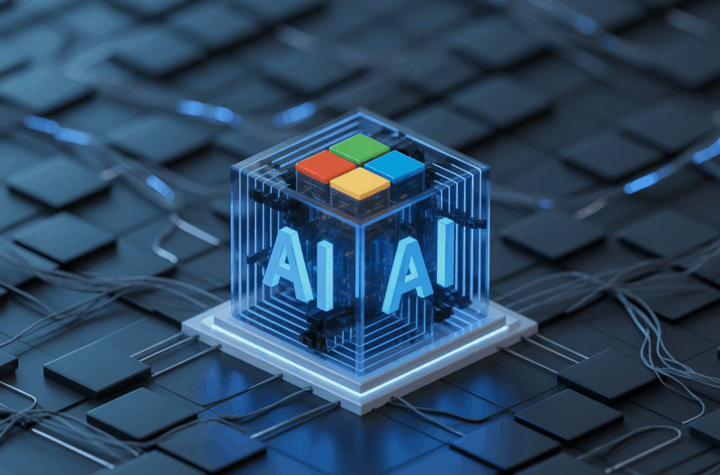
Artificial Intelligence, or AI, is one of those buzzwords you hear everywhere these days — from tech conferences to your favorite sci-fi shows. But what does it really mean?
If you’ve ever wondered what AI is, how it works, or why it’s so important, this beginner’s guide is for you.
What Exactly Is Artificial Intelligence?
At its simplest, Artificial Intelligence is when machines are designed to mimic human thinking and behavior.
In other words, AI helps computers “think” and solve problems like people do — only sometimes faster and more accurately.
Think of it like teaching a machine how to:
- Learn from experience
- Recognize patterns
- Understand spoken or written language
- Make decisions
So when your phone suggests the quickest route home or Netflix knows exactly what show you’ll love next, that’s AI in action!
Different Types of AI
AI isn’t all the same. It ranges from simple tools to futuristic super-intelligence. Here’s a quick breakdown:
Narrow AI (Weak AI)
- The type we use most today
- Good at one specific task (like recognizing faces or recommending movies)
- Examples: Siri, Alexa, ChatGPT
General AI (Strong AI)
- A hypothetical type of AI that can understand, learn, and reason like a human
- Doesn’t exist yet — still in the realm of research and theory
Superintelligent AI
- Way smarter than humans in every way
- The stuff of sci-fi movies — not reality (yet)
How Does AI Actually Work?
At the heart of AI is the idea of teaching machines how to learn from data.
Here’s how it happens:
- Collecting Data – The more data, the better AI can learn.
- Training Algorithms – Computers find patterns in the data.
- Learning and Improving – With time, AI systems get better without human intervention.
One major part of AI is machine learning, where machines improve their skills by practicing on lots of data — like learning to recognize cats in photos.
Where You’ll Find AI in Everyday Life
AI might sound high-tech, but chances are you’re already using it without even realizing it:
- Smartphones – Voice assistants, photo editing, translations
- Streaming Services – Netflix, YouTube, and Spotify recommendations
- Shopping Online – Personalized suggestions, virtual chatbots
- Healthcare – Identifying diseases, discovering new medicines
- Finance – Fraud detection, automated investment advice
- Transportation – Self-driving cars, traffic updates
Basically, AI is quietly making everyday tasks faster, smarter, and more convenient.
Benefits and Challenges of AI
Like all powerful tools, AI has upsides and potential downsides.
✅ Benefits
- Speeds up work and saves time
- Handles repetitive tasks automatically
- Improves accuracy in fields like healthcare
- Helps create new, innovative solutions
⚠️ Challenges
- Might replace some human jobs
- Can be biased if the data it learns from is flawed
- Raises privacy and ethical concerns
- Sparks debates about how much control humans should keep
Is AI Going to Shape the Future?
Absolutely. AI is already changing the way we live and work — and it’s just getting started. Experts predict it will revolutionize industries, change job markets, and transform our daily lives even more in the coming years.
But with great power comes great responsibility. As AI grows, it’s crucial to develop ethical guidelines and rules so this technology benefits everyone fairly and safely.
The Bottom Line
Artificial Intelligence might sound futuristic, but it’s already woven into our lives. Whether it’s helping you find the perfect playlist or powering the next big innovation, AI is here to stay.
Understanding the basics is the first step toward embracing — and shaping — the future.
Curious to learn more about AI?
Keep following our blog for simple guides, news, and tips to help you explore the fascinating world of artificial intelligence!






More Stories
AI Meets Quantum Computing: Unlocking New Frontiers
How Open-Source AI Is Gaining Momentum
AI Startups and Giants Making Waves This Year